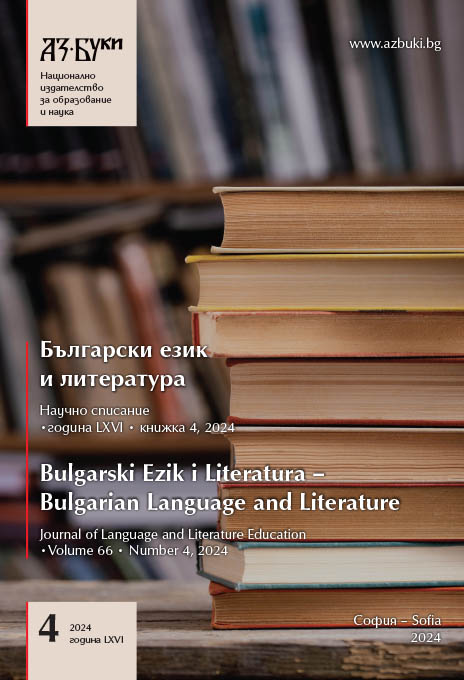Модел за оценка на рецептивния език при деца от предучилищна възраст
A Model for Assessing Receptive Language in Preschool Children
Author(s): Neli Vasileva, Elena Boyadzhieva-Deleva, Denitsa KrastevaSubject(s): Social Sciences, Language and Literature Studies, Education, Applied Linguistics, Communication studies, Language acquisition, Cognitive linguistics, Preschool education, Philology
Published by: Национално издателство за образование и наука „Аз-буки“
Keywords: receptive language; diagnostics; preschool age
Summary/Abstract: The beginning of the preschool period (4-5 years) is a time of active formation and improvement of the neuropsychological mechanisms of the main linguistic levels of spoken language (phonological, lexical-semantic and grammatical) in their two main aspects - receptive (perception and processing of verbal information ) and expressive (language encoding and generation of independent utterances). However, the existing diagnostic procedures, both in Bulgaria and worldwide, mainly focus on the state of children‘s expressive language skills. The processes related to the perception and processing of linguistic information often remain outside the attention of specialists. The probable reason for this fact is that in the development of children‘s language, perception and understanding precede expressive abilities. This unproven claim directs researchers‘ attention to the realization of children‘s language skills at the expense of the state of impressive language. It is known that there are variants in which children remember and use „ pattern expressions“ without a sufficient degree of understanding. Incomplete decoding of grammatical forms is most fully highlighted in the process of speech therapy diagnostics and has a high prognostic value regarding both the oral and written language of children. In the literacy period, similar type of deficits have a negative impact on reading skills related to decoding and understanding of written texts. The difficulties multiply as the volume and complexity of the learning texts increase during the different stages of schooling. The diagnostic tools available in our country for assessing early language development mainly focus on the state of children‘s expressive language ability (as in Diagnostics and prevention of language 3 – 4, D.P.E. 3 – 4, Stoyanova, Yosifova, Poppandova, Netsova, 2010; VERBA-2, Andonova 2022a, 2022b). This explains the need to develop and test a detailed diagnostic model for evaluating receptive language abilities at the main levels of the language system – lexical, morphological and syntactic. The material presents the conceptual framework of the first in our country hierarchically structured Model for the evaluation of receptive language in children with typical development at the age of 4 – 5 years. The purpose of the model is to derive age norms for decoding and understanding the Bulgarian language, which have a high prognostic value for the early diagnosis and prevention of children at risk of future learning difficulties.
Journal: Български език и литература
- Issue Year: 66/2024
- Issue No: 4
- Page Range: 420-436
- Page Count: 17
- Language: Bulgarian
- Content File-PDF

